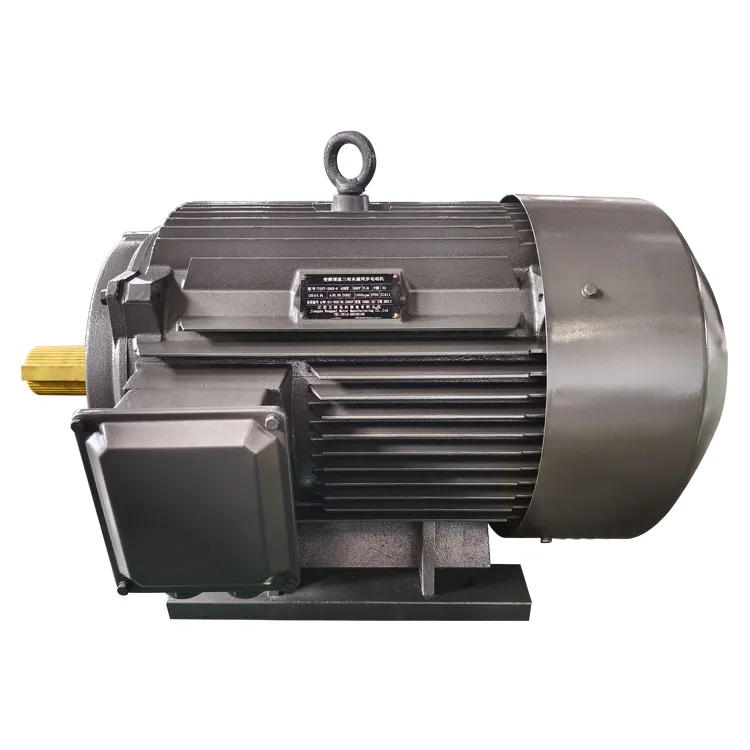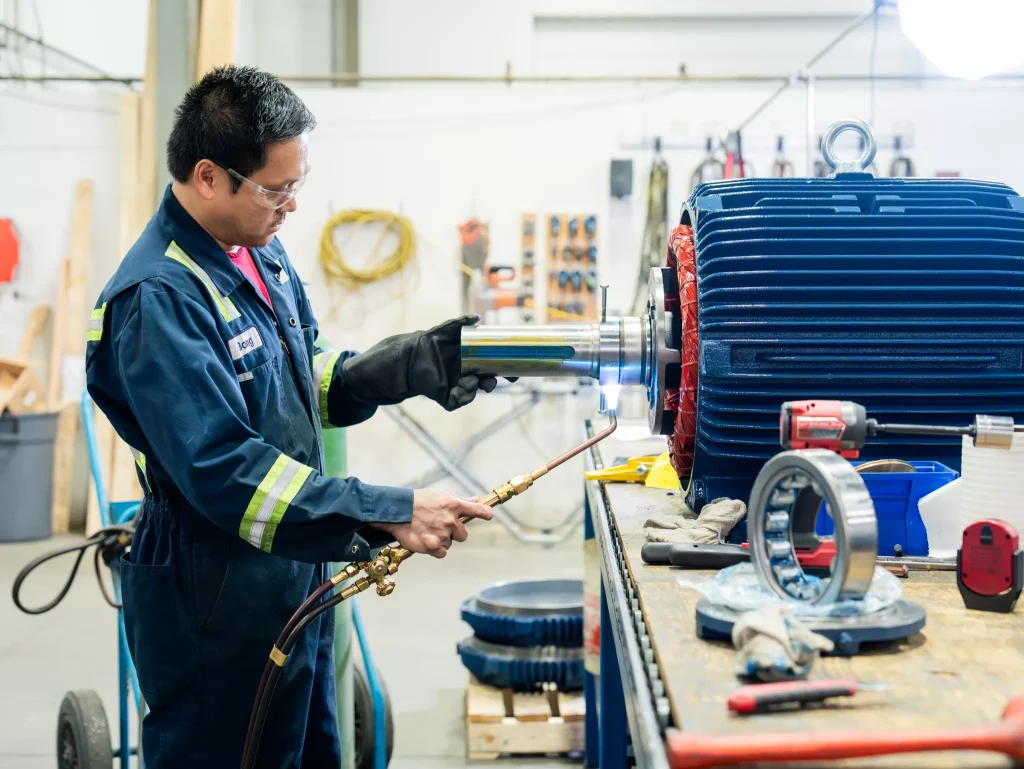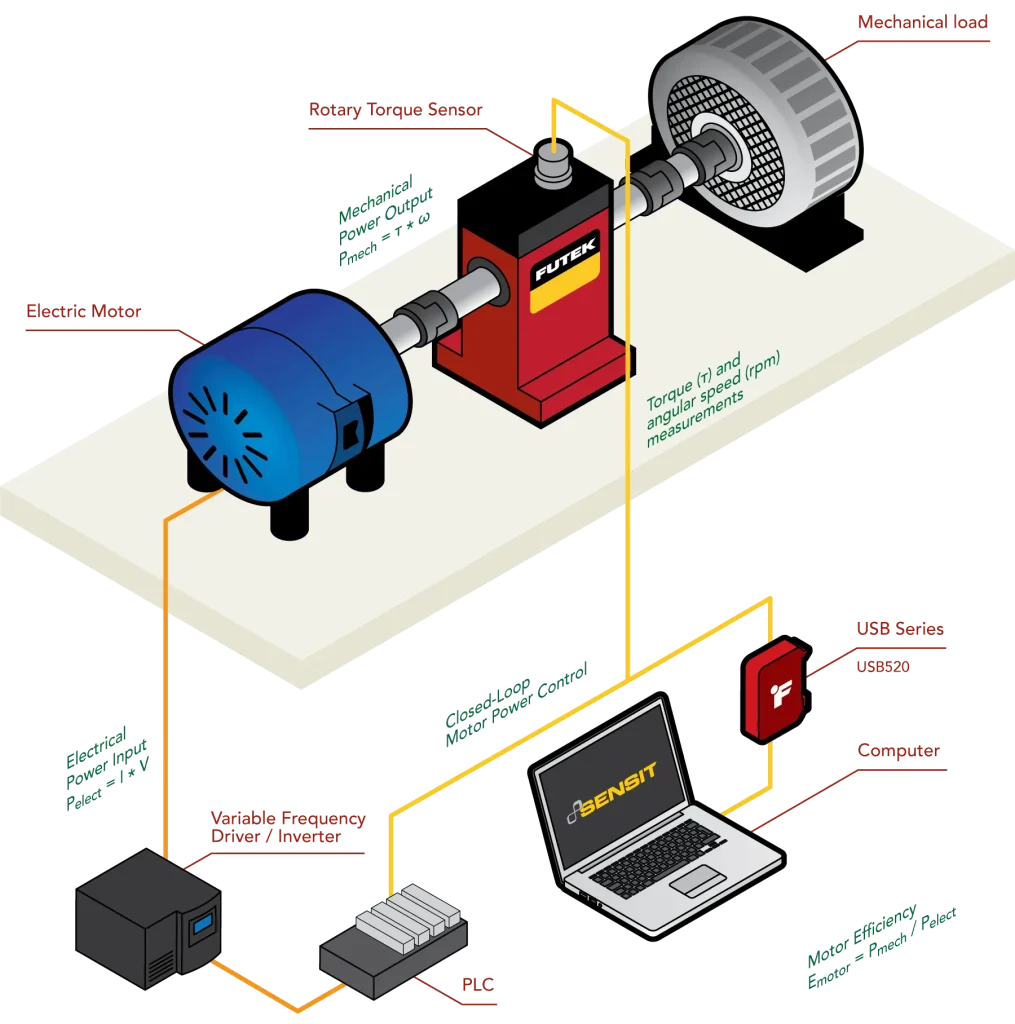Calculating the motor power of an air jet mill is a multi-faceted process that depends on various factors, including specific operational conditions, material characteristics, and desired output quality. Proper power assessment is essential not only for achieving optimal grinding efficiency but also for ensuring equipment longevity and energy savings. In this section, we outline common calculation methods and key considerations to help you accurately determine the required motor power for your application.

Based on Material Properties and Output
Material properties such as hardness, moisture content, and particle size significantly affect energy consumption and required power during the grinding process. A commonly used formula is: P = Q × H ÷ (3600 × η)
Where: P = Power (kW), Q = Material output (tons/hour), H = Specific grinding energy (kWh/ton),η = Efficiency (typically ranging from 0.85 to 0.95)
Using Empirical Formulas
In some cases, empirical formulas can provide a rough estimate of motor power. For example: N = K × W / η
Where: N = Rated motor power (kW), K = Overload coefficient, W = Cutting power (or other context-specific power values), η = Transmission efficiency
Key Factors to Consider
Harder materials require more power to break down. Materials with higher moisture tend to clump, potentially increasing power demand. Coarser materials need more power to achieve the desired fineness. The type and design of the mill influence power requirements. The efficiency of the transmission system affects the actual power output of the motor. Runtime and load conditions impact power selection. Motor overload capacity and long-term operational stability should be considered.

Practical Considerations
First, choose motor type and power based on calculated requirements. Consider overload capability, startup performance, and maintenance costs.
Second, improve energy efficiency by optimizing the mill’s structure and operational parameters. Implement high-efficiency transmission and control systems to reduce energy consumption.
Third, perform periodic maintenance to ensure smooth operation and extend service life. Regularly inspect critical components such as bearings, seals, and lubrication systems, replacing worn parts promptly.
In summary, calculating the motor power for an air jet mill is a complex task that requires careful consideration of multiple variables. Practical applications demand tailored calculations and optimizations to ensure efficient and reliable operation.

Enhance Efficiency with Epic Powder
At Epic Powder, we specialize in advanced grinding solutions tailored to your specific needs. Our air jet mills are designed with precision and efficiency in mind, ensuring optimal performance while minimizing energy consumption. By leveraging cutting-edge technology and industry expertise, we help you achieve finer particle sizes with greater control and reliability. Partner with Epic Powder to elevate your production process and maximize output quality.